Weekend Escapes, a Bucharest To-Do List
August 4, 2016Haute Couture Meets Transylvania: Andreea Diaconu’s Romanian Holiday for Wall Street Journal
August 29, 2016Bucovina is probably the most beautiful unknown region of Romania. Unknown to me at least, until recently.
I had my excuses, for many years: it’s too far, the roads are not very good, it’s most likely overrated. Not even the 7 painted monasteries included on the UNESCO World Heritage Sites list, nor the Pomme d’Or international prize given by The International Federation of Travel Writers and Tourism Journalists could compel me. I couldn’t have been more wrong!
Bucovina has a very rich history, and it still keeps edifices dating from the first Moldavian voivodes. The most emblematic figure is Stephen the Great, who built 44 churches in the area, each one after a victory in battle. He was granted the Athleta Christi (Champion of Christ) title by Pope Sixtus IV, as a defender of Christianity.
The painted monasteries are among the most unique and picturesque places in Romania. The exterior walls are decorated with elaborated frescoes, dating from the 15th and 16th centuries. The murals represent complete cycles of religious scenes, which had two purposes: to promote Orthodoxy and to educate the illiterate. Most of the painters are unknown, but the legacies they left behind are deemed masterpieces of Byzantine art.
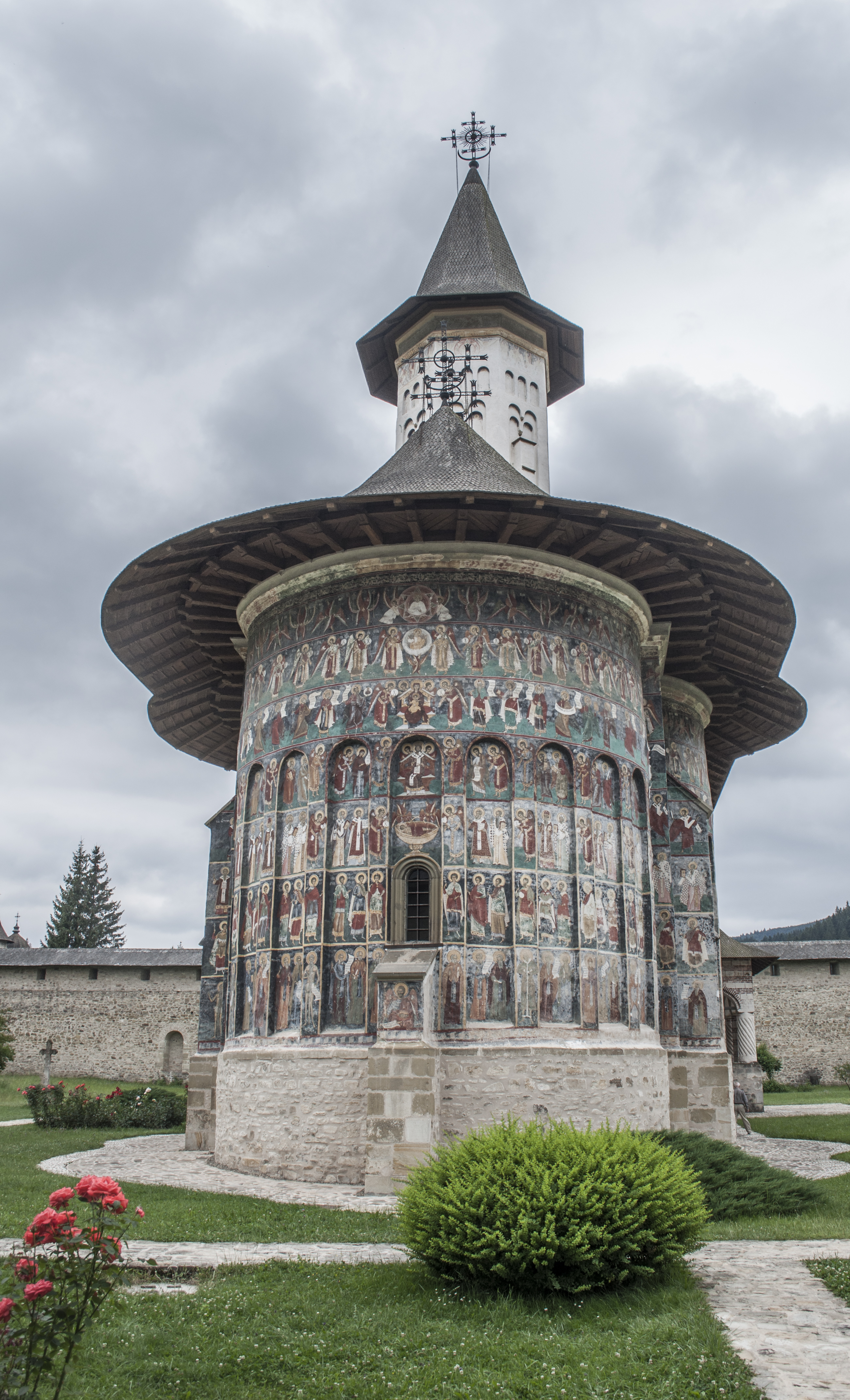
Sucevita Monastery
The most famous is Voronet Monastery, considered to be “the Sistine Chapel of the East”. Besides its interior and exterior stunning wall paintings, what makes this church so special is the intense shade of blue used here. Known throughout the world as “Voronet blue”, the composition of this colour remains a mystery even now, more than five centuries after it was built, as the painters worked in isolation, guarding their trade secrets.
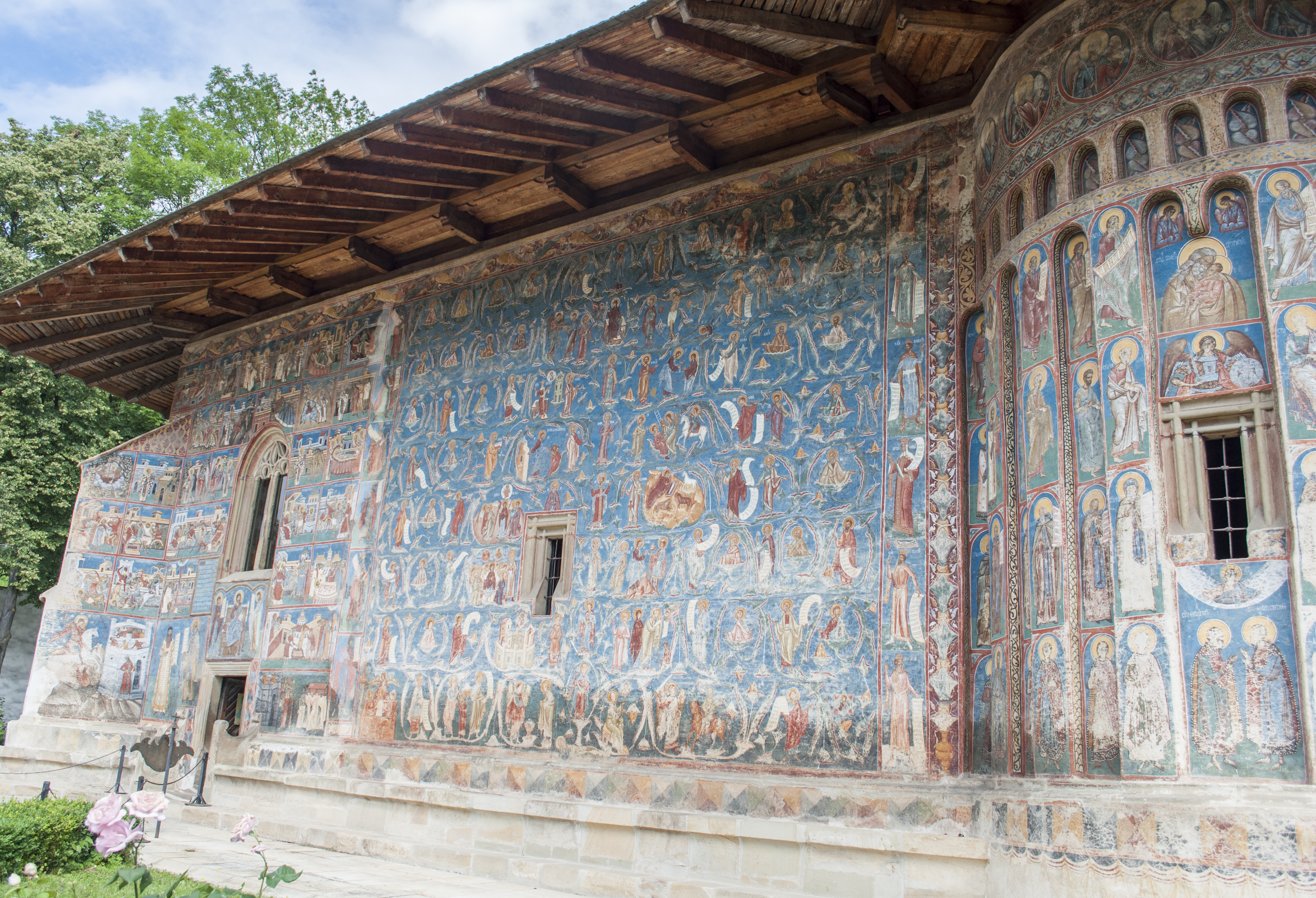
Voronet Monastery
Bucovina rivals Transylvania when it comes to natural beauty and rich folklore. The rolling hills and the painted monasteries blend together perfectly, in an impressive scenery. One of the most spectacular road passes in Romania is Bicaz Gorges, and not far there is the Cheahlau Mountain, Romania’s Mount Olympus. It was the sacred mountain of the Dacians, the forefathers of the Romanian people, where Zamolxes, their supreme god, had his temple.
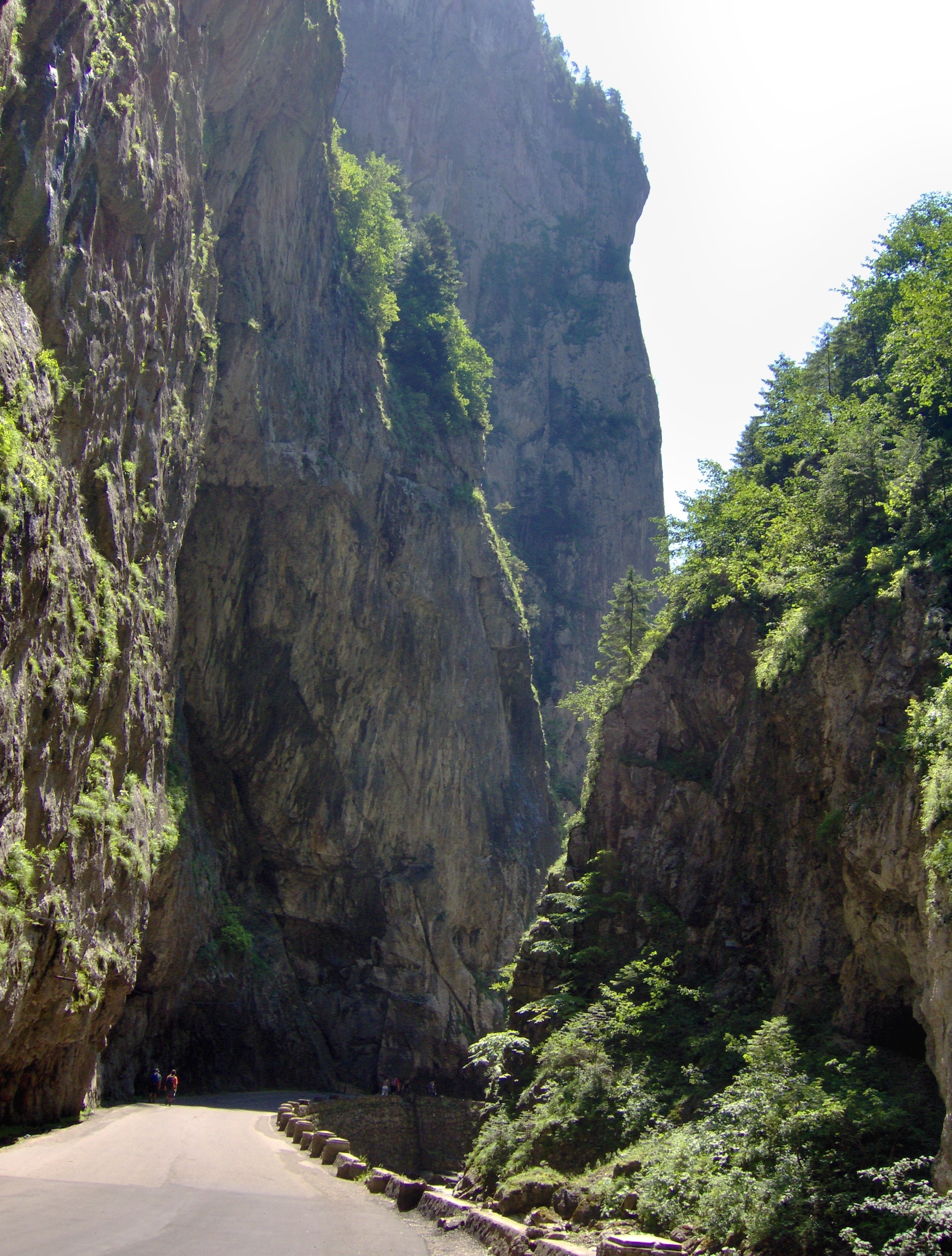
Bicaz Gorges
Source: Wikipedia
A tour in this region can’t be complete without some wine tastings. For centuries, Moldova (the region Bucovina is part of) has been renowned for its vineyards and fine wines. One third of the wine growing surface of Romania is to be found here, with a large number of native Romanian varieties. One of the most famous wineries is the Cotnari Vineyards, established in1448. They are famous for their delicious sweet white wines made of grapes rich in sugar and harvested in late autumn, following the first frost.
Visiting Bucovina is like a step back in time, coming face to face with traditions long-gone in other parts of the world, secret villages, traditional rural cuisine, welcoming people and pristine nature.
And that’s all I could gather for you in just a few days, but I’d go back to Bucovina in a heartbeat to discover more of its beauties.

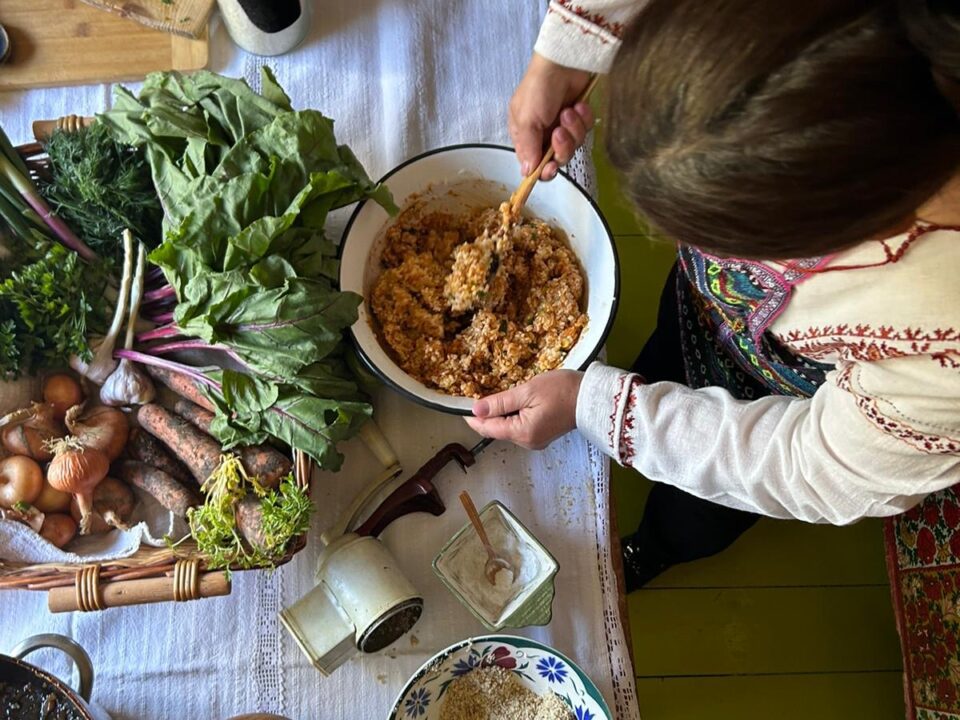
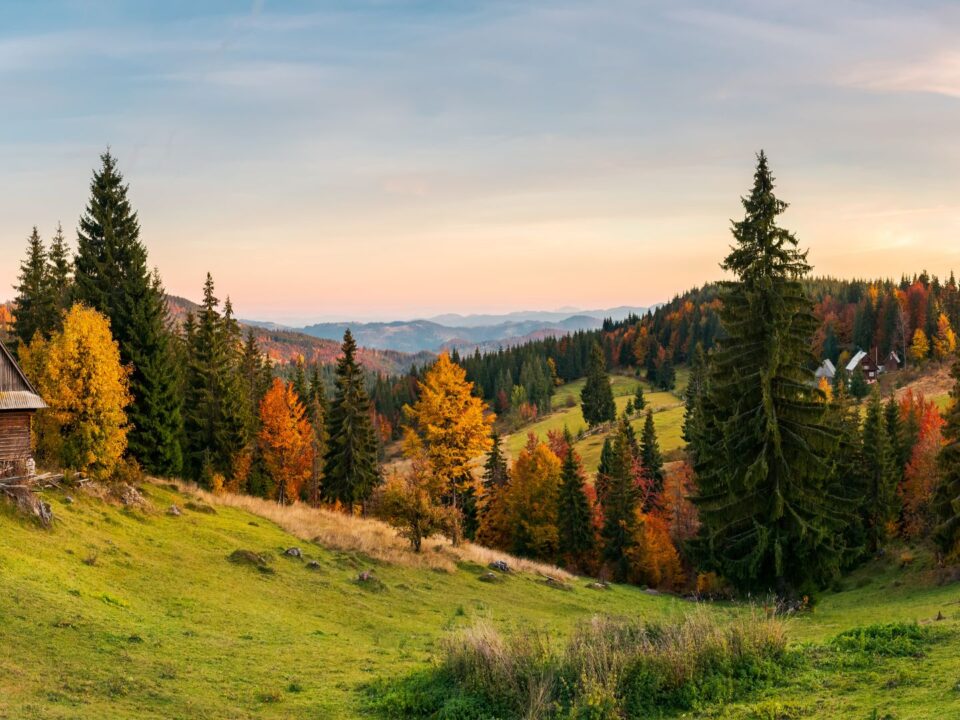
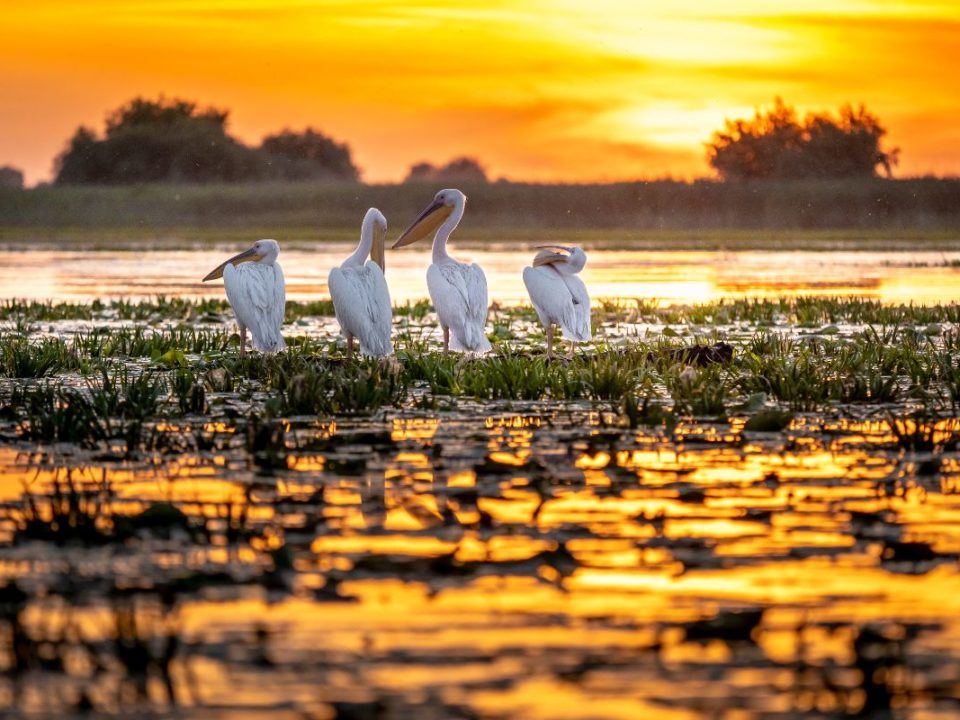

2 Comments
Bicaz is in Transylvania, and Cotnari in Moldavia. Bucovina is in northern Romania (a part of Suceava county-judetul Suceava, 3 villages in Botosani county-judetul Botosani), the rest of it being part of Ukraine-the western part of Chernivtsi oblast. In the medieval times Bucovina was part of Moldavia, and later it becam a duchy of the Habsburg Empire until 1919- Saint Germain Treaty. After WW2 it was split between Romania and USSR (the northern part, which became Ukrainian land in 1991).
Thank you for your comment!